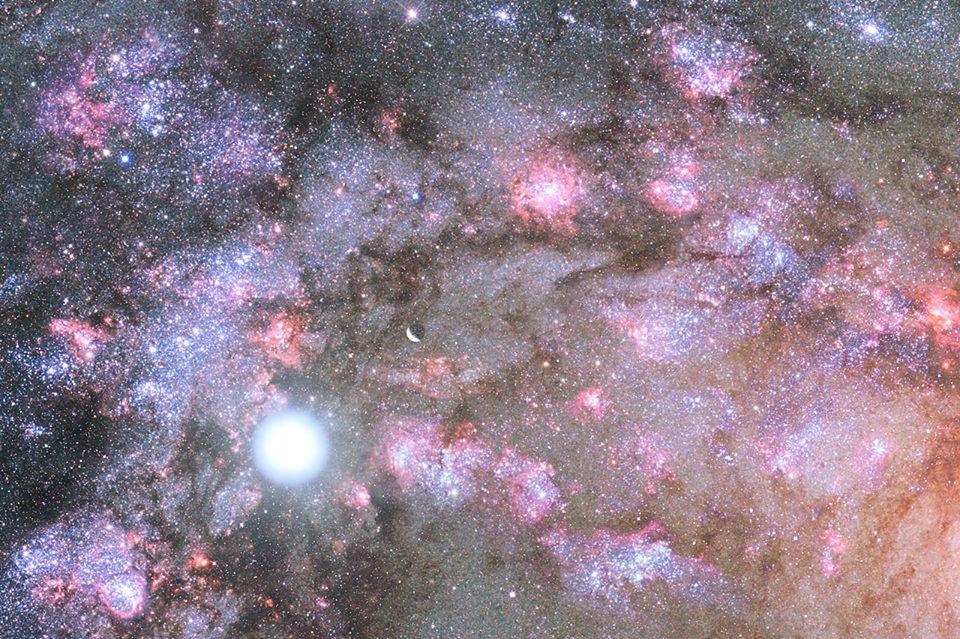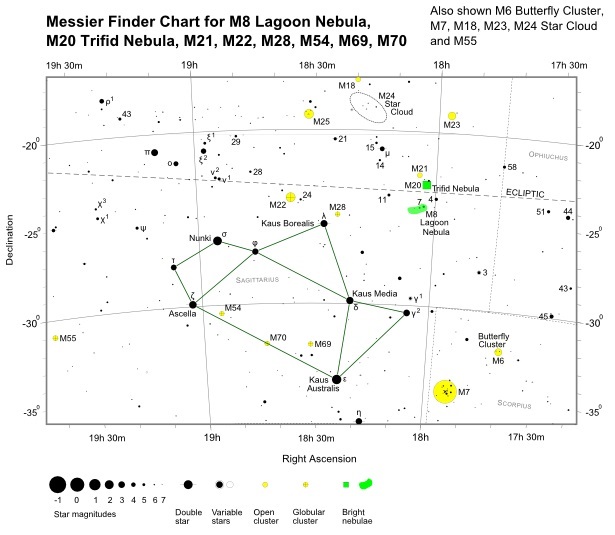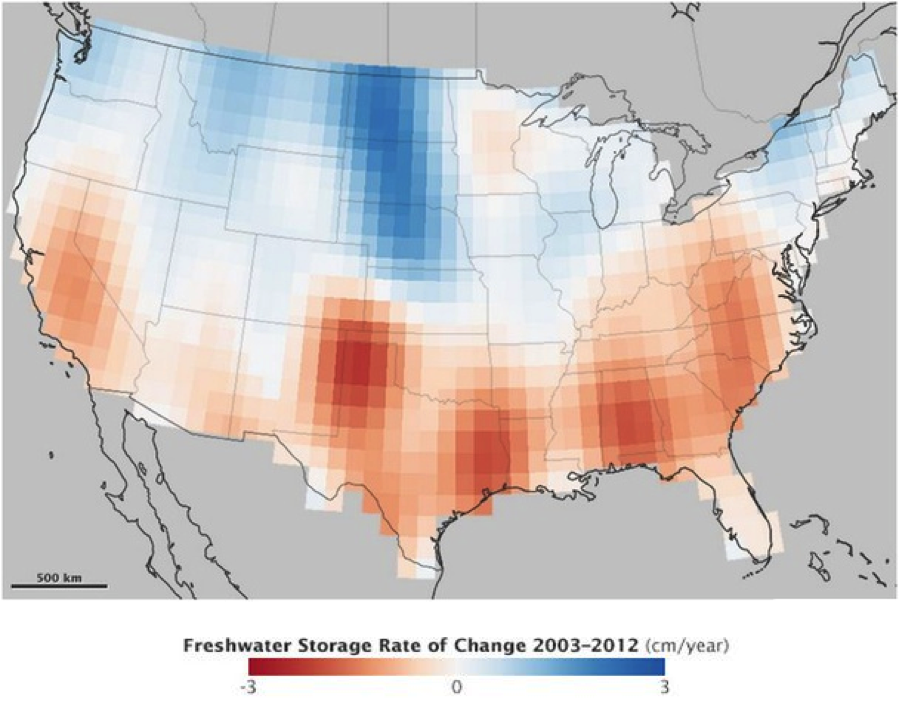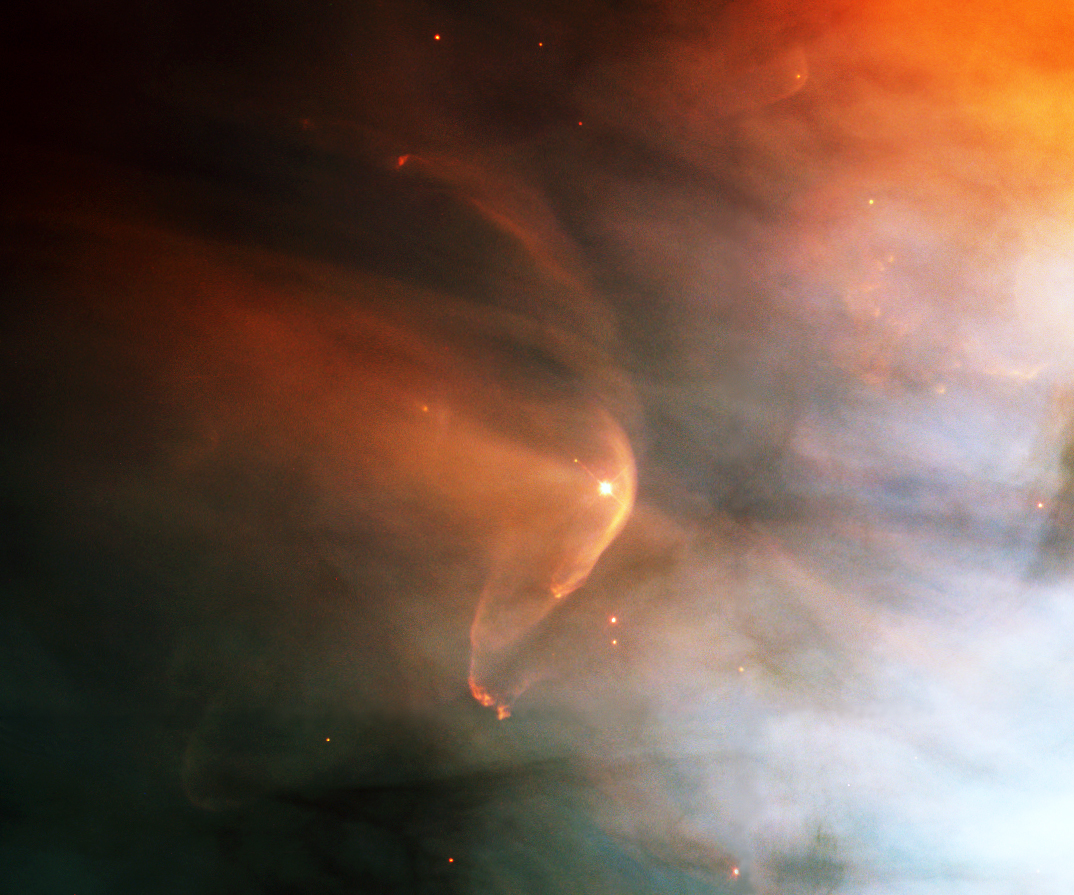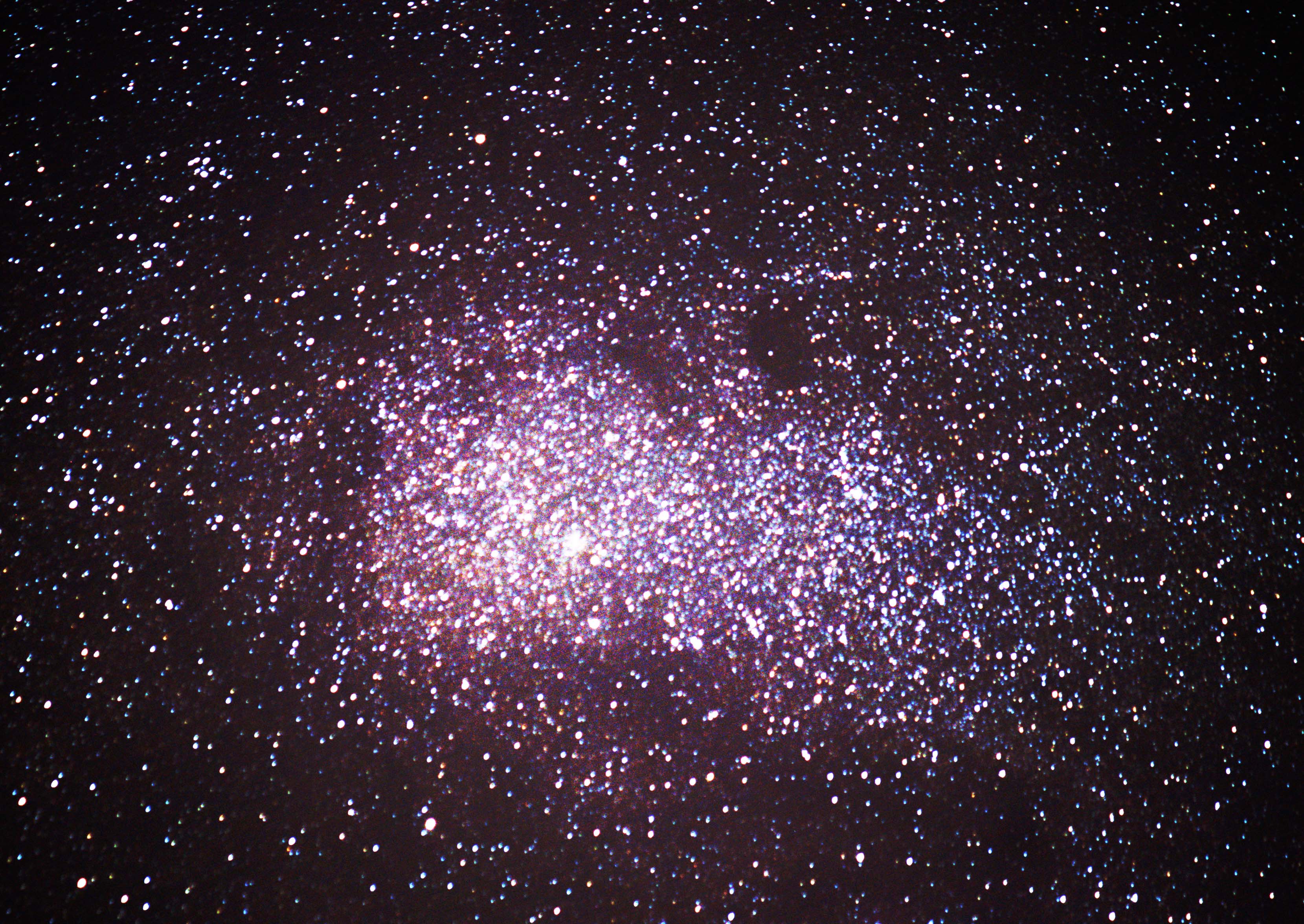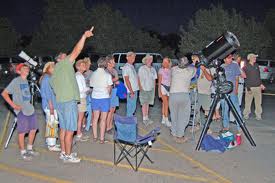Twinkle, twinkle, variable star
By Dr. Ethan Siegel
As bright and steady as they appear, the stars in our sky won't shine forever. The steady brilliance of these sources of light is powered by a tumultuous interior, where nuclear processes fuse light elements and isotopes into heavier ones. Because the heavier nuclei up to iron (Fe), have a greater binding energies-per-nucleon, each reaction results in a slight reduction of the star's mass, converting it into energy via Einstein's famous equation relating changes in mass and energy output, E = mc2. Over timescales of tens of thousands of years, that energy migrates to the star's photosphere, where it's emitted out into the universe as starlight.
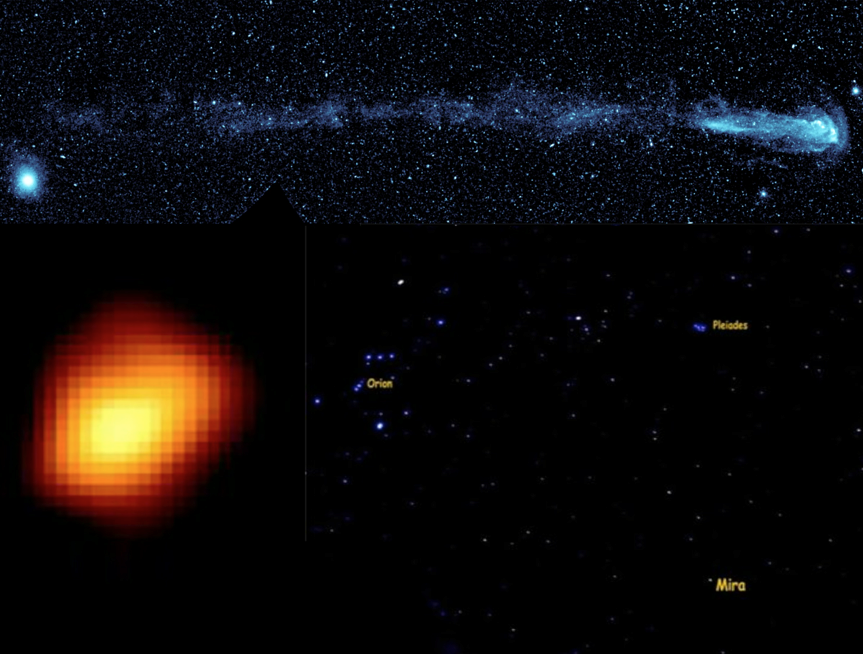 There's only a finite amount of fuel in there, and when stars run out, the interior contracts and heats up, often enabling heavier elements to burn at even higher temperatures, and causing sun-like stars to grow into red giants. Even though the cores of both hydrogen-burning and helium-burning stars have consistent, steady energy outputs, our sun's overall brightness varies by just ~0.1%, while red giants can have their brightness’s vary by factors of thousands or more over the course of a single year! In fact, the first periodic or pulsating variable star ever discovered—Mira (omicron Ceti)—behaves exactly in this way.
There's only a finite amount of fuel in there, and when stars run out, the interior contracts and heats up, often enabling heavier elements to burn at even higher temperatures, and causing sun-like stars to grow into red giants. Even though the cores of both hydrogen-burning and helium-burning stars have consistent, steady energy outputs, our sun's overall brightness varies by just ~0.1%, while red giants can have their brightness’s vary by factors of thousands or more over the course of a single year! In fact, the first periodic or pulsating variable star ever discovered—Mira (omicron Ceti)—behaves exactly in this way.
There are many types of variable stars, including Cepheids, RR Lyrae, cataclysmic variables and more, but it's the Mira-type variables that give us a glimpse into our Sun's likely future. In general, the cores of stars burn through their fuel in a very consistent fashion, but in the case of pulsating variable stars the outer layers of stellar atmospheres vary. Initially heating up and expanding, they overshoot equilibrium, reach a maximum size, cool, then often forming neutral molecules that behave as light-blocking dust, with the dust then falling back to the star, ionizing and starting the whole process over again. This temporarily neutral dust absorbs the visible light from the star and re-emits it, but as infrared radiation, which is invisible to our eyes. In the case of Mira (and many red giants), it's Titanium Monoxide (TiO) that causes it to dim so severely, from a maximum magnitude of +2 or +3 (clearly visible to the naked eye) to a minimum of +9 or +10, requiring a telescope (and an experienced observer) to find!
Visible in the constellation of Cetus during the fall-and-winter from the Northern Hemisphere, Mira is presently at magnitude +7 and headed towards its minimum, but will reach its maximum brightness again in May of next year and every 332 days thereafter. Shockingly, Mira contains a huge, 13 light-year-long tail -- visible only in the UV -- that it leaves as it rockets through the interstellar medium at 130 km/sec! Look for it in your skies all winter long, and contribute your results to the AAVSO (American Association of Variable Star Observers) International Database to help study its long-term behavior!
Check out some cool images and simulated animations of Mira here: http://www.nasa.gov/mission_pages/galex/20070815/v.html
Kids can learn all about Mira at NASA’s Space Place:
http://spaceplace.nasa.gov/mira/en/
Images credit: NASA's Galaxy Evolution Explorer (GALEX) spacecraft, of Mira and its tail in UV light (top); Margarita Karovska (Harvard-Smithsonian CfA) / NASA's Hubble Space Telescope image of Mira, with the distortions revealing the presence of a binary companion (lower left); public domain image of Orion, the Pleiades and Mira (near maximum brightness) by Brocken Inaglory of Wikimedia Commons under CC-BY-SA-3.0 (lower right).

